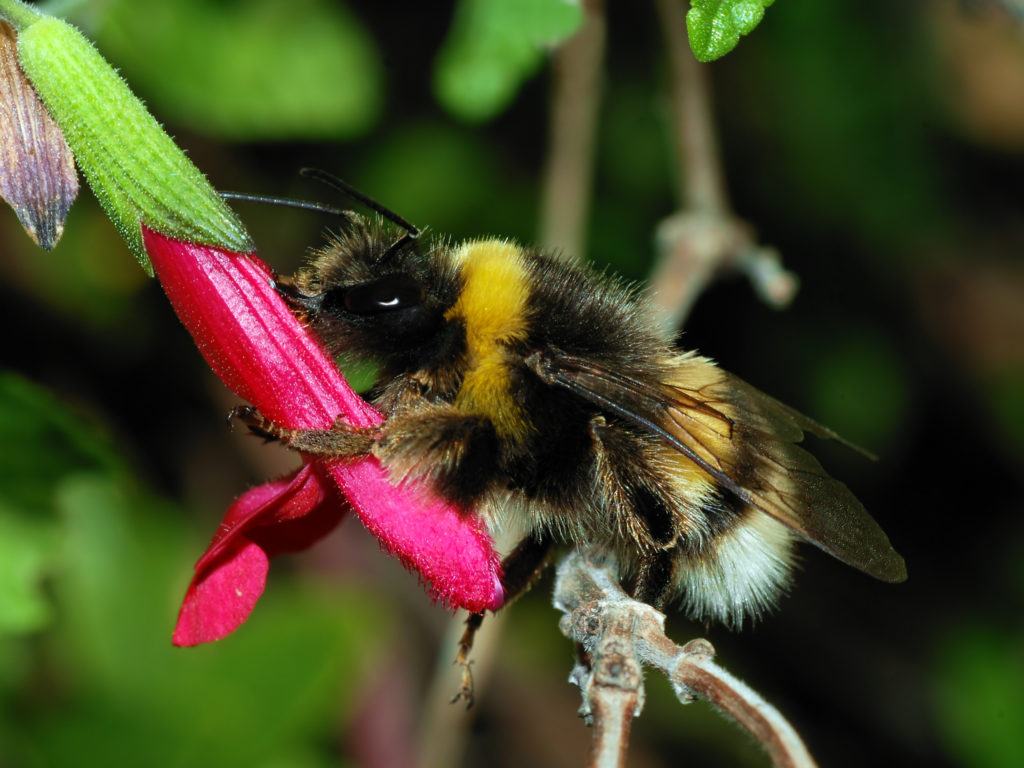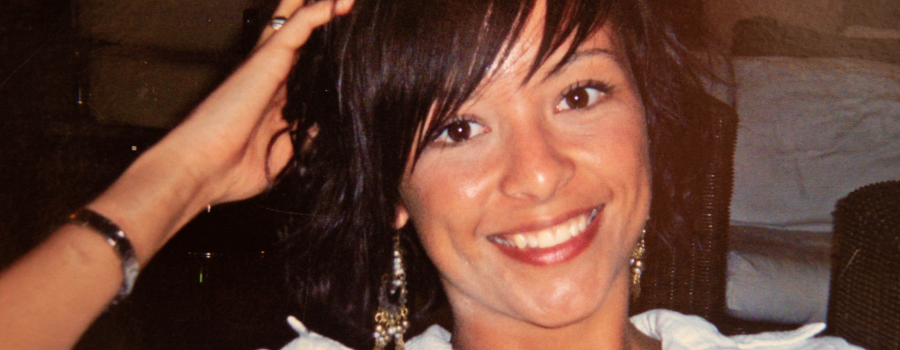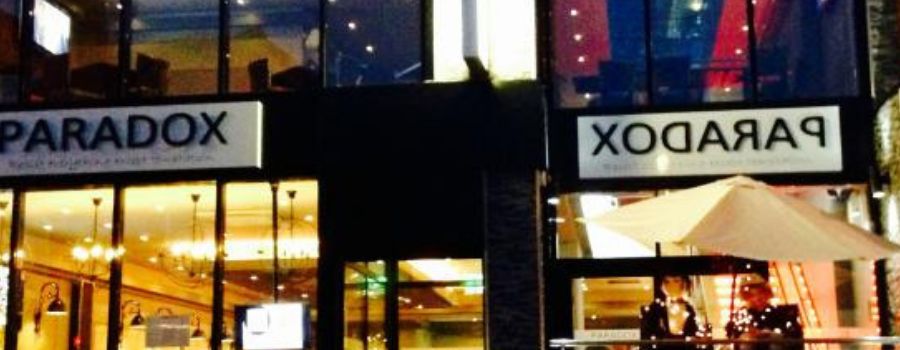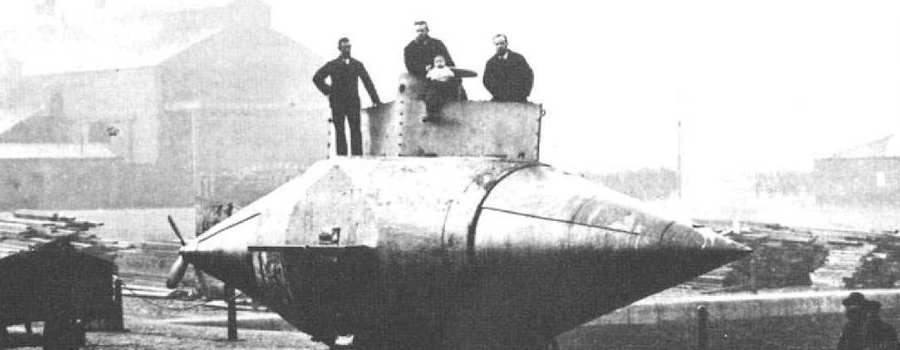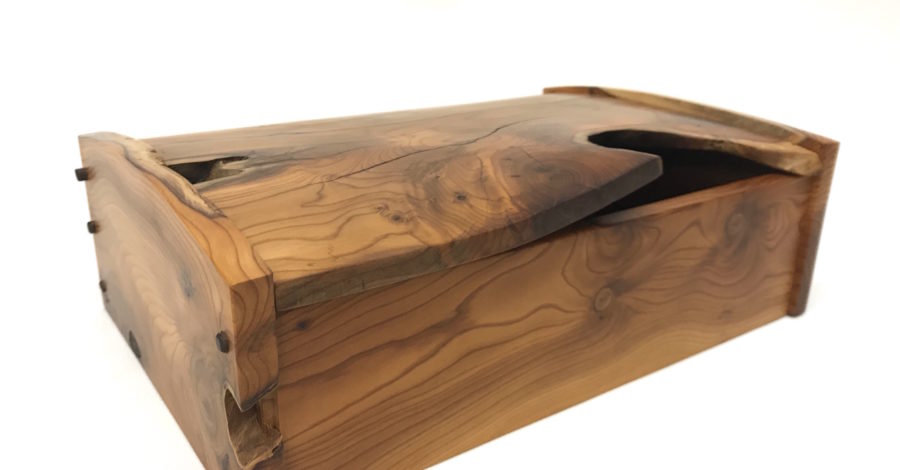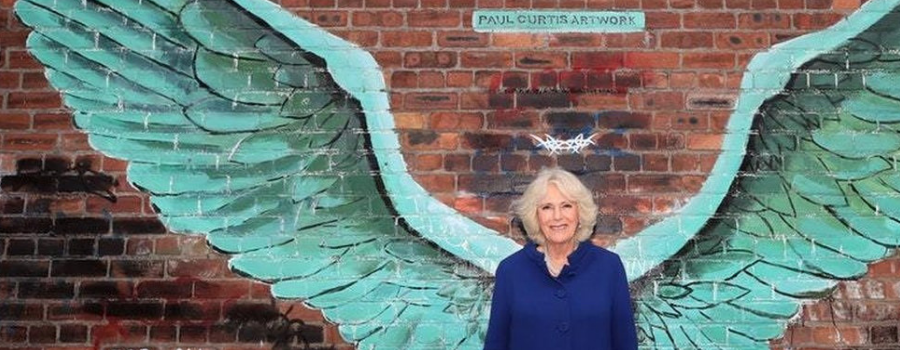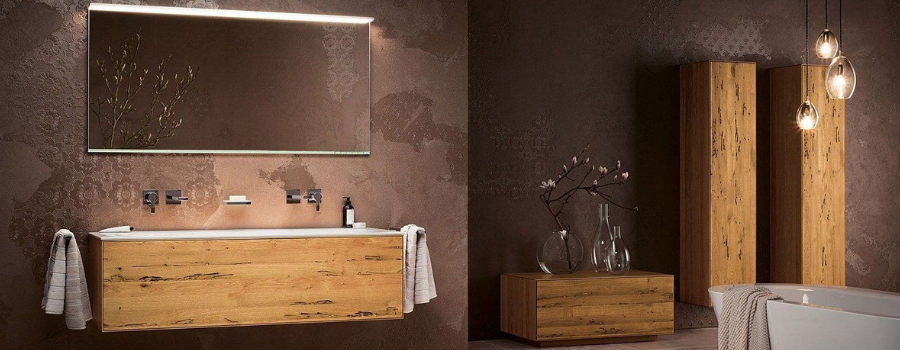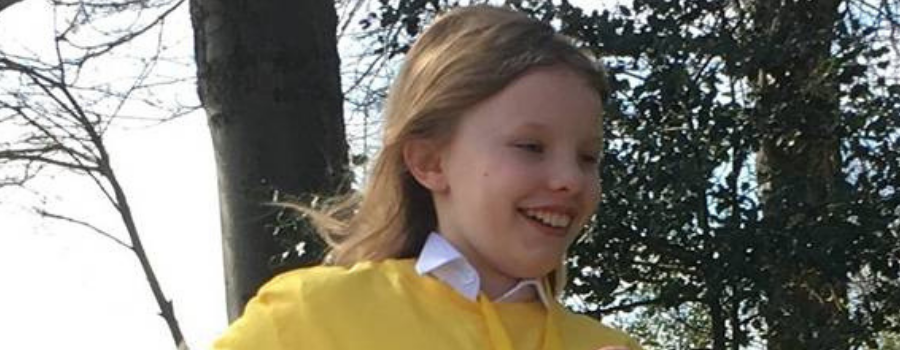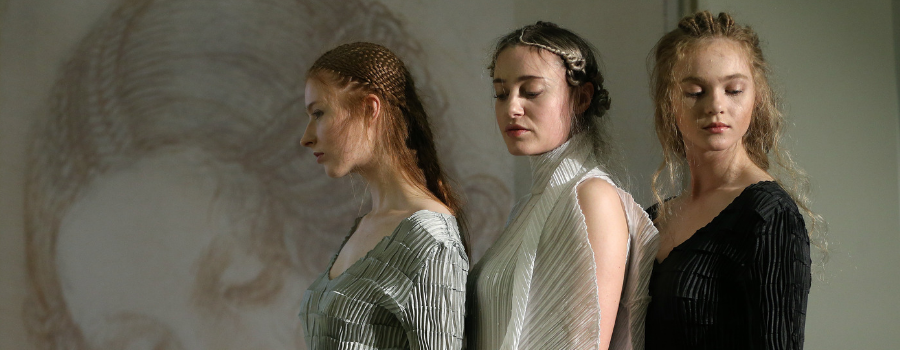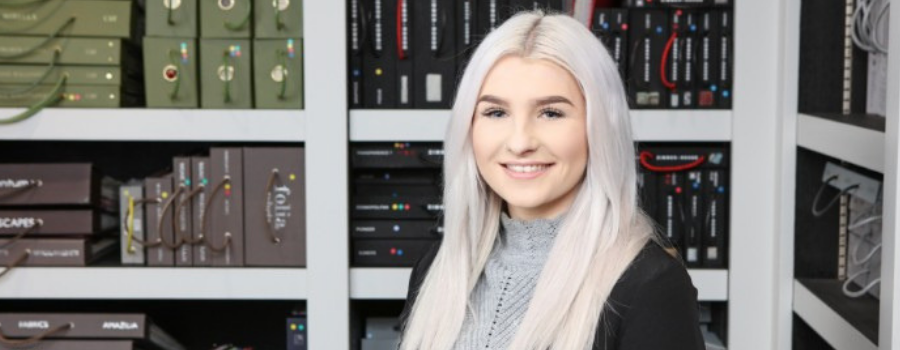[dropcap type=”circle”]H[/dropcap]eswall Today likes bumblebees and has decided to name them Heswall Today Insect of 2017.
No doubt all local bumblebees will be thrilled by this great honour, but sadly a mere award won’t eliminate the threats faced by these delightful creatures.
Even though they unwittingly carry out one of nature’s most important tasks – pollination – we have allowed them to decline and now they need our common sense and help.
Changes to farming methods have largely removed flowers from the landscape, which has left bumblebees with insufficient foodstuffs. The widespread use of pesticides has also hit their numbers hard. Most British bumblebee species have declined massively in recent years, and two have become extinct since 1940.
“Few people realise just how important bumblebees are,” says naturalist and TV presenter, Chris Packham. “They are charming little things and a pleasure to see, but they also do an essential job which many people take for granted. If bumblebees continue to decline then we face ecological turmoil.”
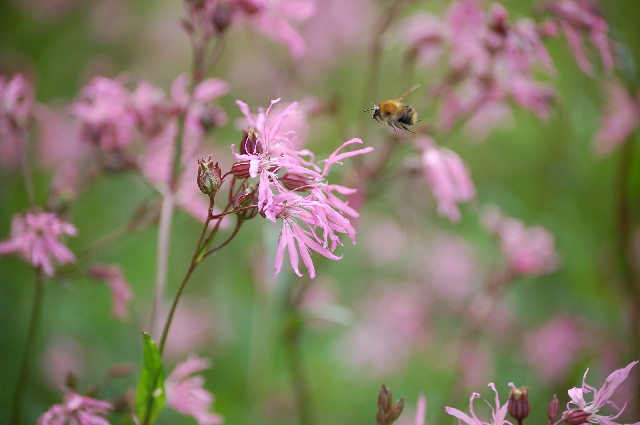
So what can the people of Heswall and surrounding areas do to help?
The answer is: turn our gardens and other spaces into bumblebee friendly zones. The right kinds of flowering plants can do the trick for species that need nectar for energy and pollen for protein and minerals for developing larvae.
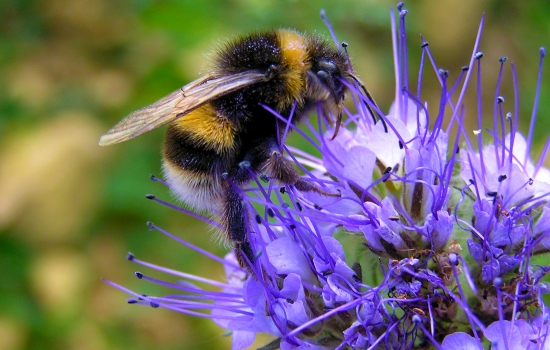
Here are some top tips from the excellent Buglife organisation.
Bumblebees need a continuous succession of flowers from spring to autumn, so there is always a food supply. Queens may appear even in January during warm spells; their disrupted hibernation making them hungry for nectar.
Most bumblebees prefer perennial flowers that flower from year-to-year. Herbs and traditional cottage-garden plants are ideal.
Flowers are best planted in large groups or patches (‘drifts’) of the same kind, so that the bees have good foraging sites. Bumblebees like to stick to one type of flower while foraging, and can waste energy scouting around for more forage.
A selection of flowers of different shapes (e,g bowl-shaped, bell-shaped, ‘lipped’ and tubular) will appeal to different species, as they have different tongue lengths.
If possible, a part of the garden should be left less intensively cultivated and more informal, to provide suitable nesting sites. Carder bumblebees will make their nest in long, tussocky grass. Bumblebees will also create nests in undisturbed compost heaps or underneath hedgerows.
You can also improvise by creating an underground nest site by digging a hole, putting a ball of moss or dry grass in the bottom and covering with a slab so as to leave a small entrance.
People of Heswall and surrounding areas…
Let’s get ready to bumble!


